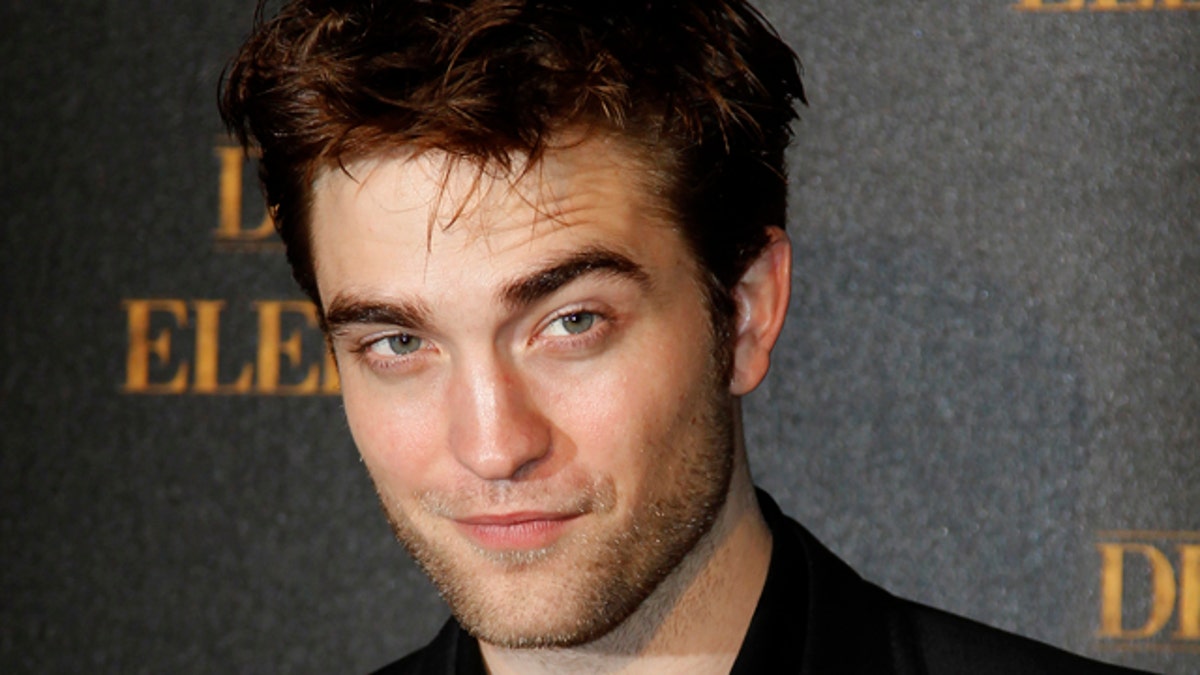
Actor Robert Pattinson. (REUTERS)
If the development and use of Botox has contributed anything to society, it's that the paralyzing and toxic beauty aid served as an effective reminder of just how important eyebrows are when communicating. When you can't move them, your face is jammed in first gear — like you're constantly reacting to a surprise party. Indeed, one of many things you likely didn't know about eyebrows is that by simply freezing them, we effectively wipe out the intricate expressiveness of the human face.
It's a bit unsettling to consider, but it helps to illustrate the extraordinary role of the eyebrows in our culture. Not only do they accent the face and contribute to attractiveness, they also convey a wealth of emotional expression, and, at one time in our development, they likely provided visual clues of sexual dimorphism to others at a distance (big brow, man; little brow, woman).
For all that our eyebrows do for us, we guys tend to do very little for them. So, let's take a moment and honor the eyebrows with five things men should know about them.
1. The average eyebrow has 500 hairs
The first thing to know about eyebrows is that most men don’t likely have any extras other than the two God gave them, so take heed when it comes to shaping and grooming them.
Not only do most brows feature fewer hairs per square inch than what's found on the head, they also tend to grow back twice as slowly. The lesson here is that any decision made to manscape your eyebrows should come on the heels of plenty of consideration, because you’ll have to live with the consequences longer than you might expect.
2. Fashionable eyebrows were once made from mouse skin
The look isn't as hideous as it sounds. In fact, if contemporary portraits of the colonial elite in America near the end of the 18th century are any indication, the gray mouse skin looks fairly normal, if not slightly bushy by our standards.
In The Eyebrow, authors Robyn Cosio and Cynthia Robins trace the evolution of the eyebrow as a target of beauty and fashion in both men and women back to the earliest-known civilizations. It's clear that, while we may celebrate the eyes as the most beautiful facial feature, it is in fact the brow that is the object of that attention and the area where alterations can bring about the most dramatic change in one's looks._________________________________________________________________________
More from AskMen.com:
Top 10: Proven Ways To Flatter Your Face
Body Hair Turnoffs _________________________________________________________________________
3. Eyebrows are more vital to facial recognition than eyes
Another thing men should know about eyebrows is that they, not the eyes, are the more likely mirrors into the soul.
In one of the only studies of its kind, researchers from MIT sought to determine whether the eyes or the eyebrows, when omitted from familiar faces, would cause more recognition problems. Not surprising, when, considering the topic of this piece, subjects had significantly more trouble identifying familiar faces when they were presented without eyebrows.
4. Your eyebrows give you away
What you probably didn't know about eyebrows or human physiology in general is that the human face differs from the rest of the body in that many of the muscles used for facial expressions — namely the frontalis and orbicularis oris — are attached or connected to other muscles, making their actions largely involuntary.
This leads to what Dr. Paul Ekman calls "microexpressions," or tiny, split-second tics and other gestures that surrender our intentions to those that can read them. Thus, no matter how hard you try to conceal the truth or tell a lie, your eyebrows are likely to give you away.
5. Men with unibrows were once considered inherent criminals
The last thing men should know about eyebrows is that some styles may subject them to criminal profiling.
The unibrow has been vilified in the West, attributed by various unscientific methods as having a strong association with criminal behavior, substandard intelligence and other perceived human shortcomings, none of which possessed any clinical validity. That said, short of a meticulous goatee on an evil twin, has any specific facial hair ever undergone the same negative scrutiny as the unibrow?
While it is a highly desirable quality in some cultures, the most recent indirect attempt to bring the unibrow into fashion in the West occurred in 2002, when Salma Hayek portrayed iconic unibrowed artist Frida Kahlo in Frida. The film won two Oscars, including the Academy Award for Best Makeup, but, alas, the unibrow failed to catch on. If even the sexy Hayek couldn't make it stylish, you couldn't possibly make it work on anyone else.




















